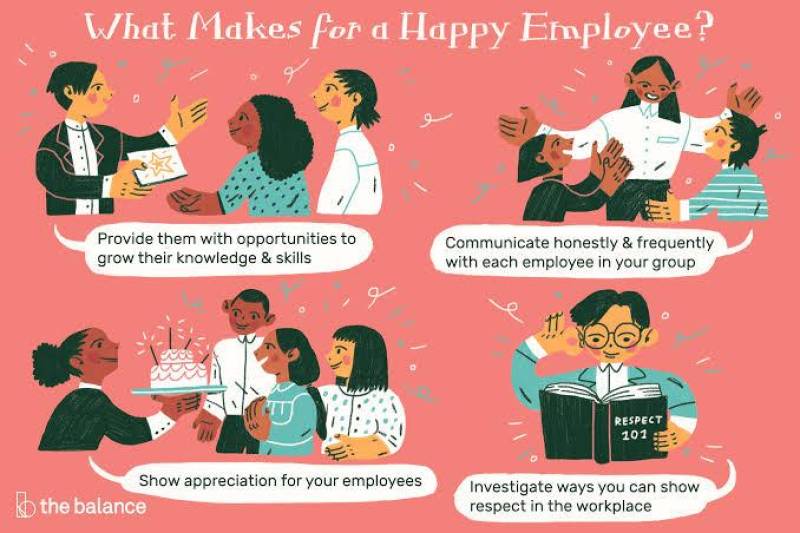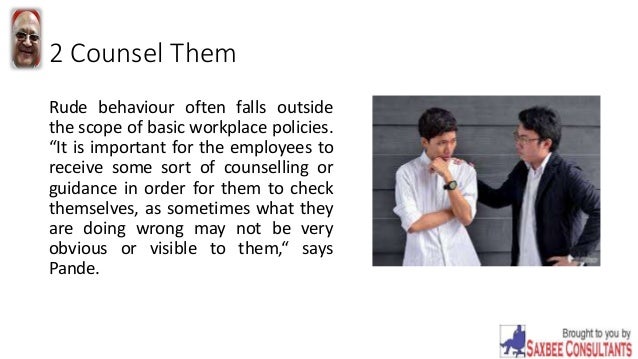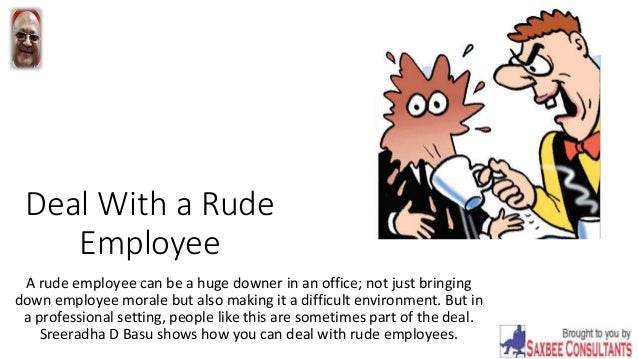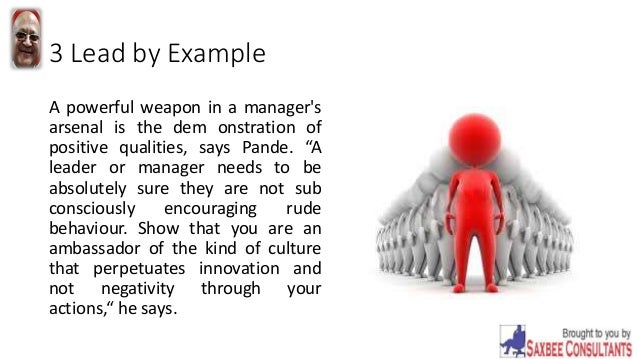How To Tell An Employee They Are Rude

Confronting an employee about rudeness is never easy, but ignoring it can poison workplace morale. Learn how to address inappropriate behavior directly and constructively to improve your team's dynamics.
This article delivers a critical guide on how managers can effectively address rude behavior in the workplace. It provides a structured approach to identifying, documenting, and correcting inappropriate conduct, ensuring a respectful and productive work environment. This guide prioritizes immediate action and clear communication, offering practical steps to navigate these sensitive situations.
Recognizing Rudeness: A Critical First Step
Before any action, ensure the behavior is truly inappropriate and not a misunderstanding. Document specific instances of the rudeness, including the date, time, and who was involved.
Be objective in your assessment, focusing on observable behavior rather than subjective interpretations.
Preparing for the Conversation: Data and Documentation
Gather concrete examples to support your concerns. Specifics are key: vague accusations are ineffective.
Examples could include interrupting colleagues in meetings, dismissive emails, or consistently negative remarks. This data becomes the foundation for a productive discussion, allowing you to address specific behaviors directly.
The Conversation: Delivery and Tone
Choose a private and neutral location for the conversation.
Start by stating your intention to address a concerning pattern of behavior: "I want to discuss some interactions that have been observed and are impacting the team." Be direct and avoid softening the message excessively.
Clearly explain the specific behaviors that are considered rude. Use "I" statements to express the impact: "I've observed that you often interrupt colleagues, and this makes it difficult for them to share their ideas."
Focusing on Impact, Not Intent
Avoid speculating about the employee's intentions. Focus solely on the impact of their actions.
For example, say: "The impact of these interruptions is that other team members feel unheard and less likely to contribute." This minimizes defensiveness and encourages accountability.
Setting Expectations and Consequences
Clearly outline expected behavior moving forward. Be specific and measurable: "I expect you to allow others to finish speaking before offering your opinion."
Outline the consequences of continued rudeness, such as further disciplinary action or performance improvement plans. This is crucial for establishing accountability.
Active Listening and Collaboration
Allow the employee to respond and share their perspective. Listen actively and empathetically, but don't excuse inappropriate behavior.
Explore potential underlying issues that may be contributing to the rudeness. Sometimes, rudeness stems from stress, frustration, or a lack of awareness. Offer support and resources where appropriate, but maintain your expectations for respectful conduct.
Documenting the Conversation
Thoroughly document the conversation, including the date, time, specific behaviors discussed, and agreed-upon expectations. Provide the employee with a copy.
This documentation is essential for future reference if the behavior continues. It also protects the company from potential legal challenges.
Follow-Up and Monitoring
Regularly monitor the employee's behavior after the conversation.
Provide feedback, both positive and constructive, to reinforce desired changes. Consistency is key in ensuring long-term behavioral improvements.
Address any further instances of rudeness immediately and consistently. Failure to do so can undermine your authority and send the message that inappropriate behavior is tolerated.
Seeking HR Support
In complex or persistent cases, involve your Human Resources department.
HR can provide guidance, support, and ensure that all disciplinary actions are compliant with company policy and labor laws.
Legal Ramifications
Unaddressed rudeness can escalate into harassment or create a hostile work environment, potentially leading to legal action. Addressing rudeness promptly protects both employees and the company.
Ignoring the problem is not an option. Proactive intervention is essential for maintaining a healthy and productive workplace.
Managers must prioritize consistent follow-up to ensure lasting change and a respectful workplace. The next step involves actively monitoring the employee's behavior and providing regular feedback for continuous improvement.





![How To Tell An Employee They Are Rude How to Deal with Rude Female Coworkers: [Effective Solutions and Tips]](https://skillsforchange.com/wp-content/uploads/2023/10/Understanding-Rude-Behavior.png)











